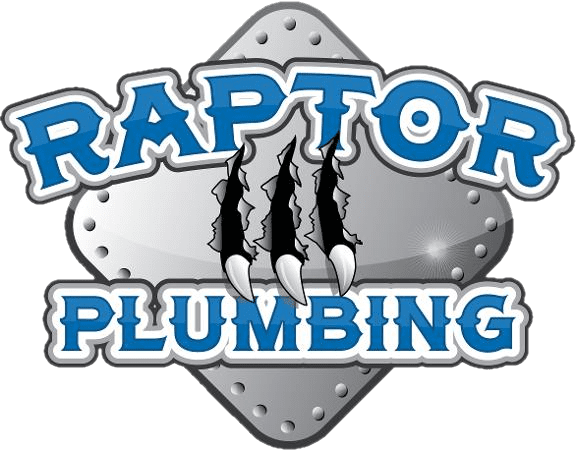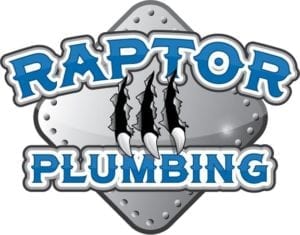Protecting Properties: The Nexus of Plumbing and Fire Suppression Systems
Fire suppression systems are important for property safety and must be integrated with plumbing infrastructure for effective operation. Learn about their role in building safety, interaction with plumbing systems, and regulatory standards for installation and maintenance.
Early Detection and Rapid Response:
Fire suppression systems integrated with plumbing infrastructure enable early detection of fire hazards and facilitate rapid response in an emergency. Fire suppression systems can detect smoke, heat, or flames and release extinguishing agents to suppress fires before they escalate.
Optimized Water Distribution:
Plumbing systems serve as conduits for distributing water to various components of fire suppression systems, including sprinkler heads, hydrants, and standpipes. Proper design and installation of plumbing infrastructure ensure adequate water flow, pressure, and distribution to extinguish fires effectively and minimize property damage. Regular maintenance and testing of plumbing components are essential to ensure their reliability and functionality during emergencies.
Comprehensive Fire Protection:

Plumbing-integrated fire suppression systems offer comprehensive protection against different types of fires. They deliver targeted extinguishing agents to the source of the fire, contain and extinguish flames, and prevent potential hazards to occupants and property.
Regulatory Compliance and Standards:
Compliance with regulatory standards and codes is essential for designing, installing, and maintaining fire suppression systems integrated with plumbing infrastructure. Fire suppression systems must adhere to specific requirements outlined in building codes, such as the NFPA codes and standards.
Enhanced Occupant Safety and Property Protection:

Integrated fire suppression systems enhance occupant safety and property protection by providing early warning and effective response to fire incidents. Fire suppression systems minimize damage, reduce risk of injury, and aid evacuation. Their seamless integration with plumbing infrastructure ensures prompt and efficient operation when every second counts.
Continuous Monitoring and Maintenance:
Monitoring, inspection, and maintenance of fire suppression systems and associated plumbing components are essential to ensure their reliability and performance. Regular maintenance by professionals preserves system integrity, identifying issues and ensuring compliance over time.

